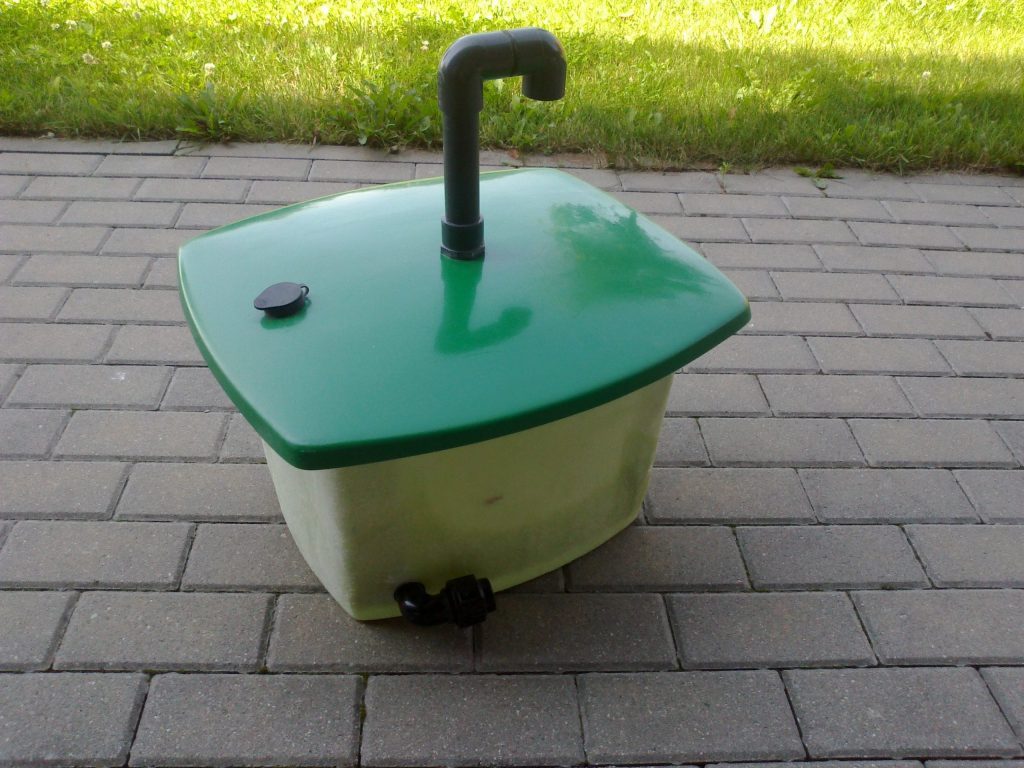The productivity of a pond depends on various factors, from water quality to oxygen levels. The pond needs to be constantly maintained, cleaned, and cared for in terms of its flora and fauna.
As is well known, many people face the question: “How can fish be preserved under the ice?” Most fish farmers believe that it is necessary to clear the snow so that sunlight can revive pond vegetation, which will then produce oxygen. However, just a few cloudy days are enough for the pond plants to die off again.It is also not possible to sufficiently oxygenate pond water using ice holes, as they quickly freeze over. An ice hole is only useful to the extent that it allows light to enter the water.The best solution for preserving fish during winter is water aeration (oxygenation).
In summer, aerators are used to enrich water with oxygen when there is an insufficient oxygen level in the water. In winter, aerators help fish survive—they are used for water circulation in carp-fish farming areas and, most importantly, for oxygenating water bodies with air.



How do aerators work?
- Water aerators blow a large amount of tiny air bubbles into the water at a regulated height (0.5 to 2 meters).
- By swirling, it mixes air and oxygen into the water.
- At sufficient depth, aeration neutralizes contaminating elements.
- The aerator ensures better oxygen delivery to the water. It can supply pure oxygen without dispersion at distances ranging from 0.5 to 8 meters.
- The aerator removes harmful gases from the water.
- By creating a horizontal water current and a vertical air flow in the water, the aerator prevents all types of stratification, preserving a stable ecosystem.
- The water aerator prevents the formation of gas pockets.
- Depending on the size of the pond, the power of the aerator and the air blower are selected. For example, a 60 W membrane air blower can deliver about 60 liters per minute of air.



Pastaba: Note: To effectively save fish, action is needed when the oxygen level drops to no less than 2.5 mg/l. After that, it may be too late. Additionally, the results will be positive only in small bodies of water of a few ares or hectares. In lakes that cover hundreds of hectares, increasing the flow rate may be the only effective measure.